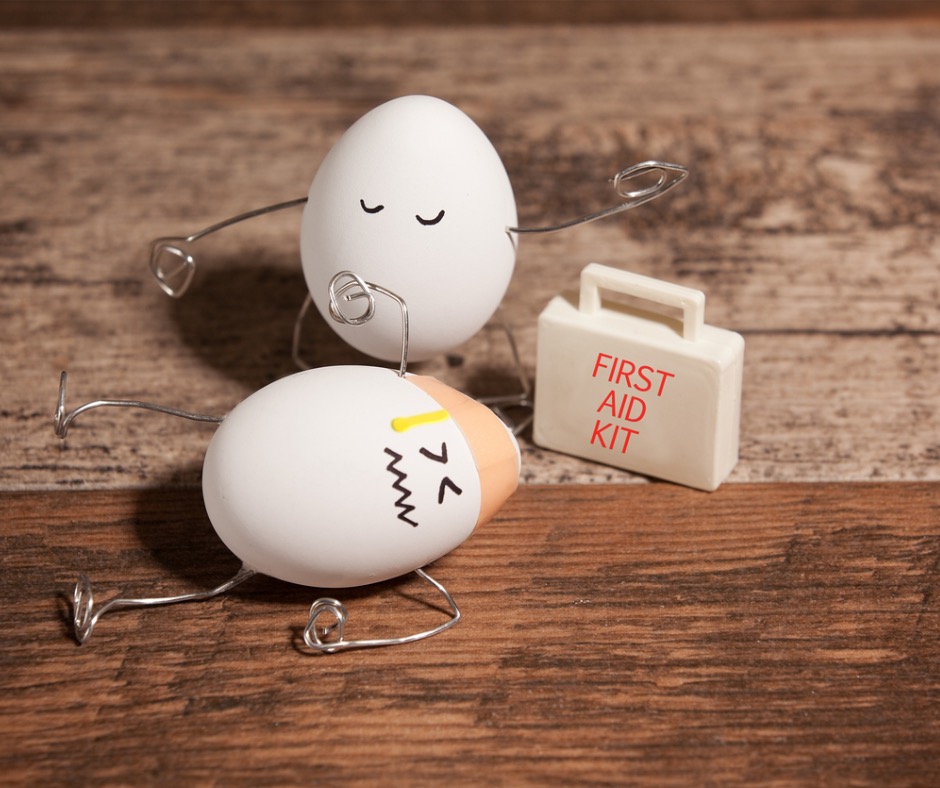When Jennifer Newton, editor of M.D. Update, recently asked me to weigh in on this perennial question, I enjoyed tackling the #1 women’s issue I encounter and other “outside the box” approaches to women’s most common dilemmas.
In your work with women, what is the #1 issue you encounter?
Whether I’m working with a young woman in her twenties or thirties or a woman over forty and beyond, the core issue is usually some variation of the following dilemma: A woman seeking to integrate her femininity with her strength and capability in a way that really works for her – so she is able to move forward in her work, her relationships and the world in general.
If we pose her issue as a question, it can focus and energize her process toward the goal. How can I operate with confidence and strength in the world without sacrificing my femininity? How can I be in an intimate relationship without losing myself?
Can you be more specific?
Yes. Let’s say the woman has achieved career success but is unfulfilled in her personal relationship – oftentimes it’s what marriage researcher John Gottman calls the “classic marital impasse” – a wife seeking emotional connection from a withdrawn husband.
Another variation is the woman who is unfulfilled in her personal relationship … because she doesn’t have one. Some women avoid getting too involved with a man because, on some level, she realizes she doesn’t know how to be in an intimate relationship without losing herself.
Interestingly, for both women the journey is the same: The delicate and empowering process of learning to be in touch with her strength and her vulnerability — at the same time. How is this possible? In Partnering: A New Kind of Relationship, Drs. Hal and Sidra Stone give two hints:
- If you feel that you are at the mercy of the other person, you’ve become too vulnerable. If you feel totally in charge of the relationship, you have probably moved too much to your power side.
- Your partner’s reaction will tell you whether or not you have struck a good balance. A balanced presentation usually elicits a favorable response. If your partner becomes angry or judgmental, you have probably moved too far to one side or the other.

What is one of the hardest issues for women to deal with?
When a self-sufficient, independent woman marries, she may be very distressed to see herself transform before her very eyes into someone who now reflexively assumes a traditionally feminine role in the relationship. “How did this happen?” she wonders. The power that she feels at work or in the world dissolves when she comes home and walks through the door. As one woman lamented, “I’m a tiger at work, but more like a hamster in a cage at home.”
Particularly if she becomes a mother, an old cultural rule may spring up strongly, unexpectedly, and automatically. “You can do as you wish only after you have cared for everyone else.” This striking change is usually due to the internalized cultural rules about the woman’s role as a wife and mother.
It’s actually bigger than the individual woman’s situation and culture – it’s archetypal. So we have to work at all three levels – individual, cultural, and archetypal.
What other situations are common dilemmas for today’s woman?
I encounter a number of women who are embarrassed to let others know that they want a relationship or that they are looking for a husband. Some women have interpreted this age-appropriate, legitimate, and normal human need for connection and relationship as “needy” or “insecure.”
I usually ask, “In achieving a goal at work, how can you be anything but passive, but leave it to chance or luck that you might meet someone?” When these same women say “I don’t want to play games,” I counter with “This isn’t about playing games. It’s about understanding human nature and responding accordingly.”









































